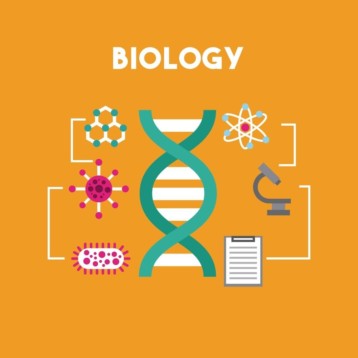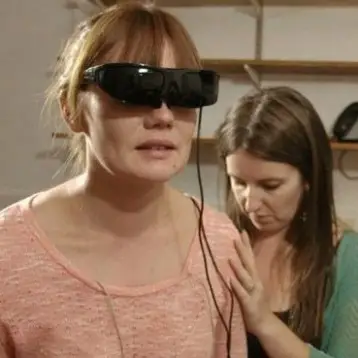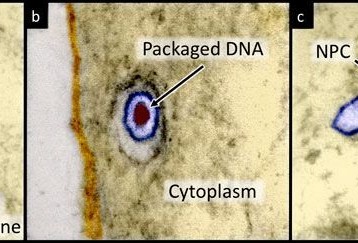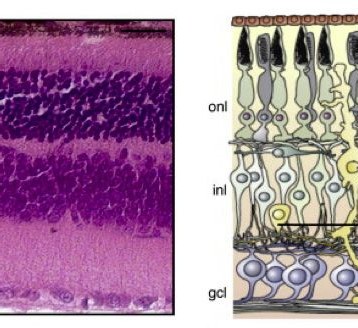|
This is a landmark first step toward synthesizing exotic genetic material that reacts with a broader spectrum of elements than real DNA does. One of many possible uses for these new bases could be in DNA bar codes. Nature can’t alter codes made entirely of alpha and beta, so these super-specific labels could be used to track products on their journey from the factory to the cash register.
|
In the future, Romesberg envisions manipulating the genetic code of bacteria in order to assemble better drugs or even man-made proteins. Until now, the bases only work in bacteria, so human augmentation is currently not possible. Another option is to use alpha and beta to help construct nanomachines to be used for drug delivery. “This is like jumping from the Stone Age to the Bronze Age,” Romesberg says. “It takes time to figure out how best to use metal.”
TFOT recently covered the discovery of the fat gene by researchers at William Harvey Research Institute and the London School of Medicine as well as a DNA computer that puts microbes to work, and the revelation of the electronic structure of DNA.
More about these third (and forth) pairs of bases can be found on the Scripps Research Institute website.











